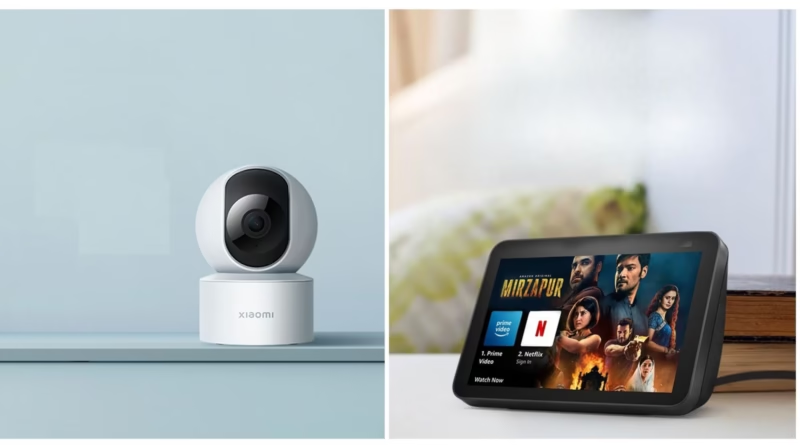Essential Smart Home Devices to Install in 2025
Essential smart home devices are becoming increasingly important in 2025 as technology continues to reshape how we live. Whether you’re upgrading your home or starting from scratch, selecting the most essential smart home devices can significantly improve your day-to-day life, offering convenience, security, and energy efficiency.
From voice assistants to advanced thermostats and lighting systems, this comprehensive guide will walk you through the top devices you should consider installing this year. Designed with beginners and tech enthusiasts alike in mind, this article ensures you’re equipped to make the smartest decisions for your connected home.
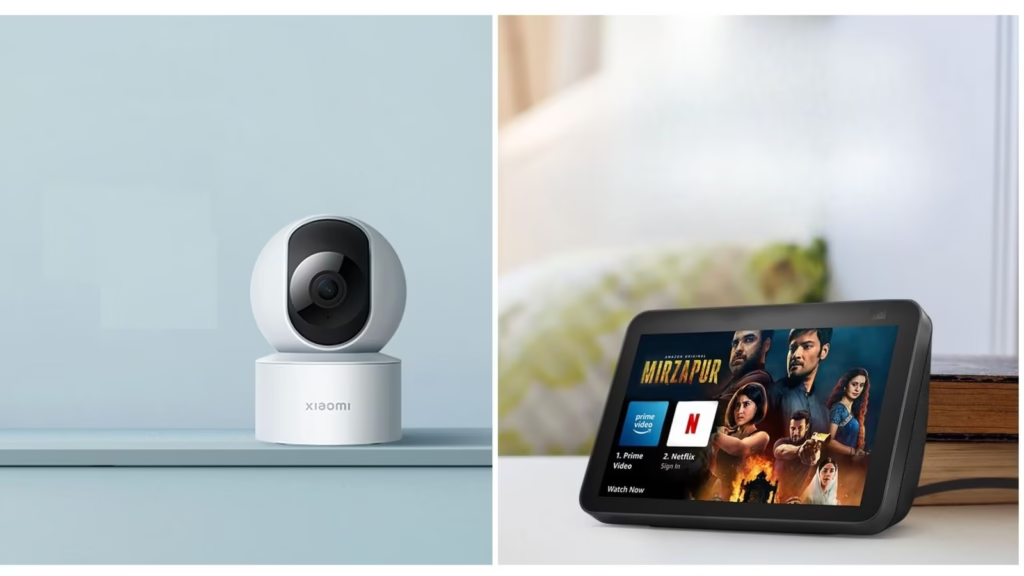
Smart Speakers and Voice Assistants
Smart speakers are the hub of your smart home. Devices like the Amazon Echo (with Alexa), Google Nest Audio, and Apple HomePod Mini do more than play music—they serve as command centers for your home automation.
Benefits:
- Control smart devices with simple voice commands.
- Ask questions, set reminders, and play media hands-free.
- Integrate with thousands of third-party smart home products.
Choosing the right voice assistant early in your setup helps determine the ecosystem your other devices will need to support.
Smart Lighting Systems
One of the most popular and accessible upgrades is smart lighting. Brands like Philips Hue, LIFX, and TP-Link Kasa offer user-friendly options that can transform the ambiance of your home.
Features to look for:
- App and voice control
- Adjustable brightness and color temperature
- Scheduling and automation
Smart lighting helps reduce electricity usage while also creating customizable mood settings for different times of day or occasions.
Smart Thermostats
Smart thermostats like Nest, Ecobee, and Honeywell allow you to control your heating and cooling systems with precision. They learn your habits over time and adjust settings automatically.
Why they matter:
- Save money on energy bills
- Maintain consistent comfort levels
- Control remotely from your phone
Many models support geofencing and occupancy sensors, adjusting your home temperature only when needed.
Smart Security Cameras and Doorbells
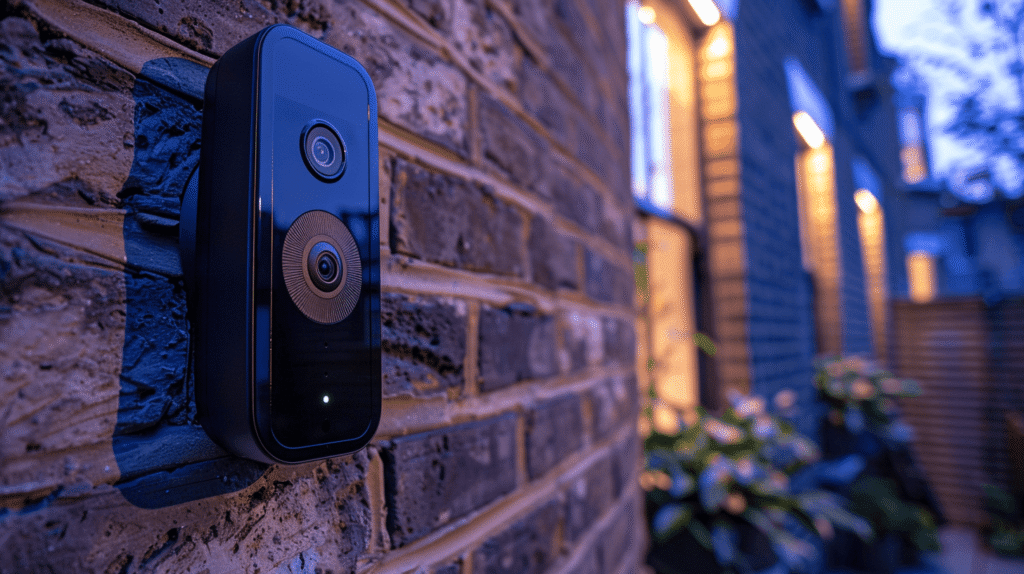
Keeping your home secure is easier than ever with smart cameras and video doorbells. Products from Ring, Arlo, and Eufy offer 24/7 surveillance and mobile alerts.
Security benefits:
- Real-time video feeds and cloud storage
- Motion detection and facial recognition
- Two-way communication via your smartphone
Install cameras at entry points and vulnerable areas like garages or backyards for maximum protection.
Smart Locks and Entry Systems
Smart locks bring both convenience and peace of mind. Brands like August, Schlage Encode, and Yale offer reliable solutions to modernize your home’s access points.
Key advantages:
- Lock and unlock your door remotely
- Grant temporary access to guests or service providers
- Monitor access history via app
Pairing smart locks with security cameras and doorbells enhances your home’s entry management.
Smart Plugs and Energy Monitors
Smart plugs are affordable, simple tools for turning ordinary devices into smart ones. They’re great for managing lamps, coffee machines, and other appliances.
What they offer:
- Remote control via smartphone apps
- Scheduling to reduce energy waste
- Real-time energy consumption reports
Energy monitors like Sense or Emporia go even further by tracking usage trends throughout your home.
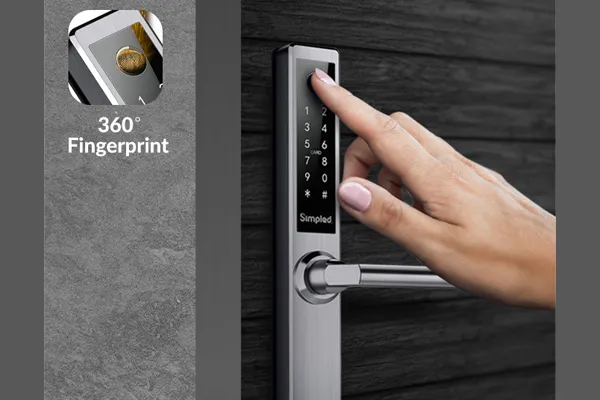
Smart Appliances in the Kitchen and Laundry
Modern smart appliances add a new layer of convenience to cooking and cleaning. From ovens that preheat on voice command to washers that notify you when a cycle is done, 2025 offers truly intelligent options.
Common smart appliances:
- Refrigerators with interior cameras and expiration tracking
- Ovens with recipe guidance and remote preheating
- Dishwashers and washing machines with smartphone control
Smart appliances are investments that not only save time but also energy over the long term.
Home Health and Air Quality Devices
As homeowners grow more conscious of health and well-being, smart devices designed to monitor and improve indoor air quality are gaining popularity.
Smart Air Purifiers
Devices like the Dyson Pure Cool and Coway Airmega automatically detect airborne pollutants and adjust filtration levels accordingly.
Benefits:
- Remove allergens, dust, and pollutants
- Real-time air quality monitoring
- Integration with mobile apps and voice control
Smart Humidifiers and Dehumidifiers
These devices help maintain ideal indoor humidity levels, crucial for respiratory health and overall comfort.
Key Features:
- Automatic humidity sensing
- Scheduled operation
- Quiet performance with app control
Smart CO2 and VOC Monitors
Track carbon dioxide and volatile organic compounds (VOCs) in real time with products like Awair or uHoo.
These smart health and air quality tools ensure your home isn’t just smart, but also safe and healthy—a growing priority in 2025.
Creating a Seamless Ecosystem
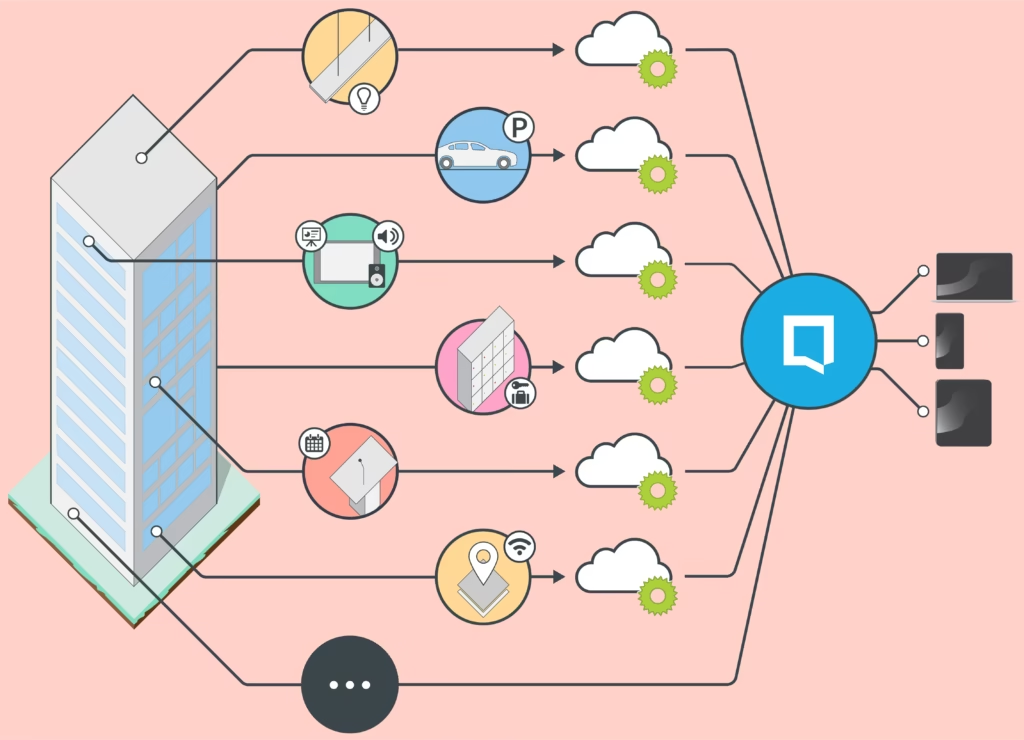
The true power of a smart home lies in how well your devices work together. Using platforms like Amazon Alexa, Google Home, Apple HomeKit, or Samsung SmartThings, you can create automation routines that make life easier.
Automation examples:
- “Good Morning” routine: Lights on, thermostat adjusted, news played.
- “Away Mode”: Locks doors, shuts off lights, arms security system.
- “Movie Time”: Dims lights, closes blinds, powers on the TV.
Be sure to choose devices that are compatible with your preferred ecosystem for the best experience.
How to Choose the Right Devices
Choosing the right essential smart home devices requires careful planning:
- Identify your priorities: Security? Energy savings? Convenience?
- Consider device compatibility and future expansion
- Read user reviews and expert comparisons
- Start small and scale gradually
Avoid buying unnecessary gadgets just because they’re trendy. Focus on functionality and ecosystem compatibility.
If you’re planning a full smart home upgrade and want a broader overview beyond the essential smart home devices, be sure to check out our Complete Smart Home Setup Guide for New Homeowners. It covers everything from choosing the right ecosystem to automation routines and long-term planning—perfect for anyone starting from scratch in 2025.
Budgeting for Your Smart Home Setup
Building a smart home doesn’t have to happen all at once. Here’s a rough idea of what typical essential smart home devices might cost:
| Device Type | Price Range (USD) |
|---|---|
| Smart speakers | $30 – $150 |
| Smart bulbs (each) | $10 – $50 |
| Smart thermostat | $100 – $250 |
| Video doorbell | $80 – $200 |
| Smart lock | $100 – $300 |
| Smart plug | $15 – $50 |
| Energy monitor | $100 – $250 |
Set a monthly or quarterly budget to slowly build your system over time.
Looking for expert reviews to finalize your selection of the essential smart home devices in 2025? We recommend checking out PCMag’s list of the best smart home devices for 2025. Their regularly updated guide offers in-depth comparisons and hands-on insights, making it easier for you to choose the most reliable and future-proof options for your connected home.
Conclusion
As 2025 unfolds, embracing essential smart home devices is less about luxury and more about practical living. From saving on energy bills to enhancing security and simplifying daily routines, these technologies offer value that grows over time.
Start with your core needs, choose a compatible ecosystem, and expand your setup at your own pace. A smarter, more efficient home is well within reach—and it starts with the right devices.

